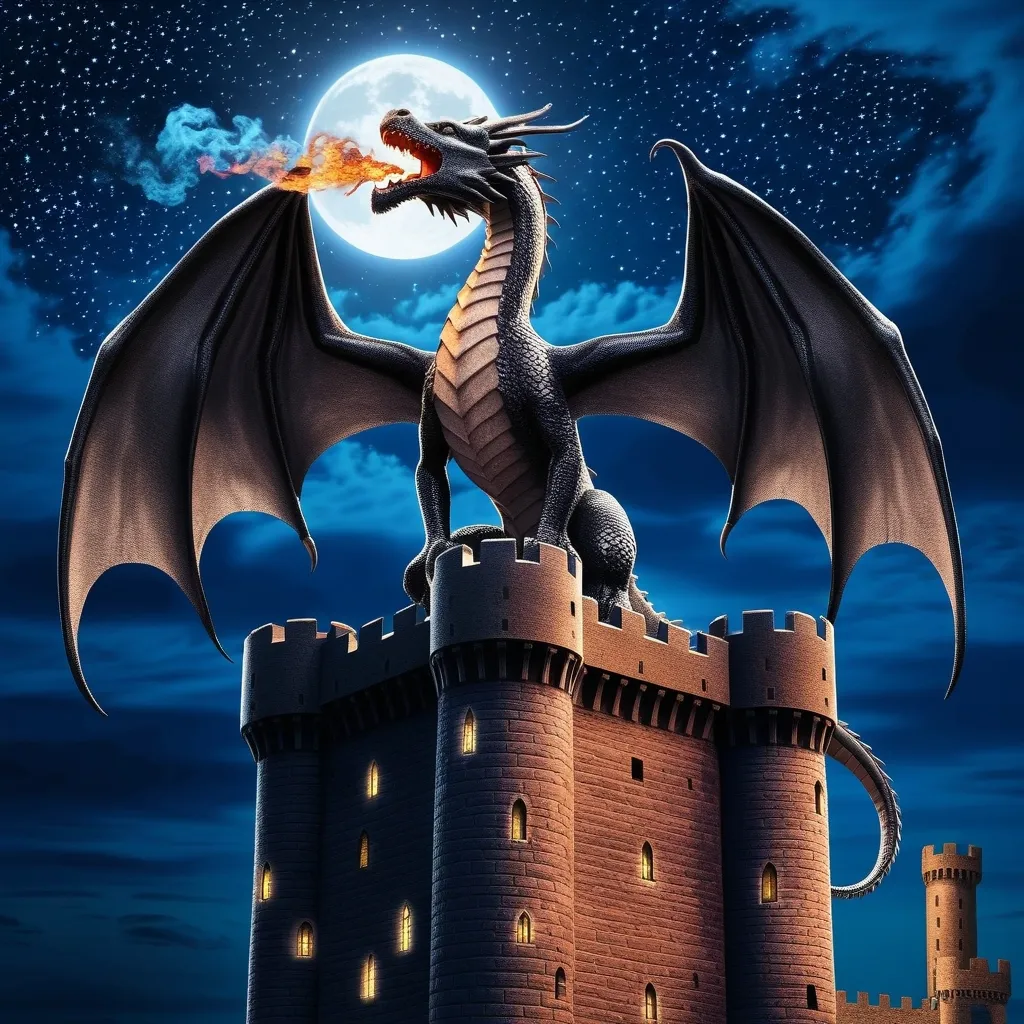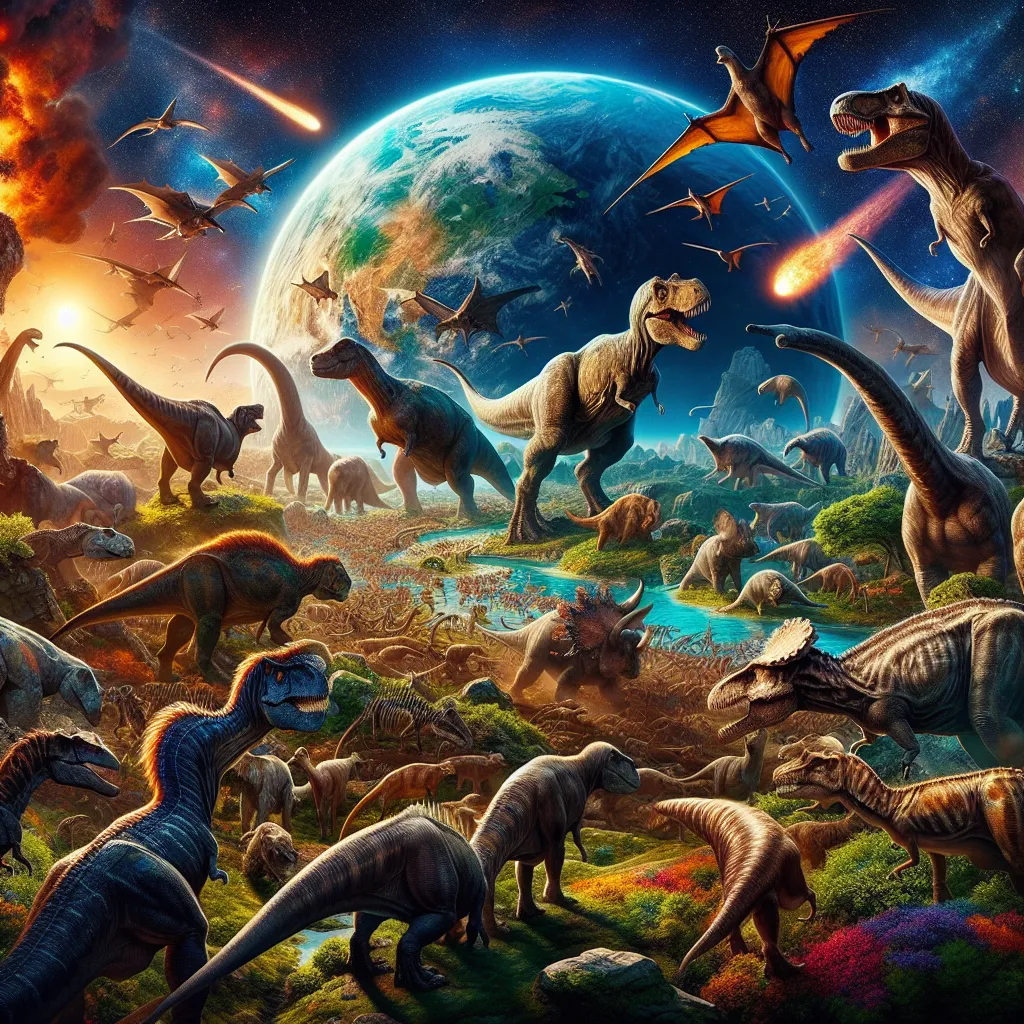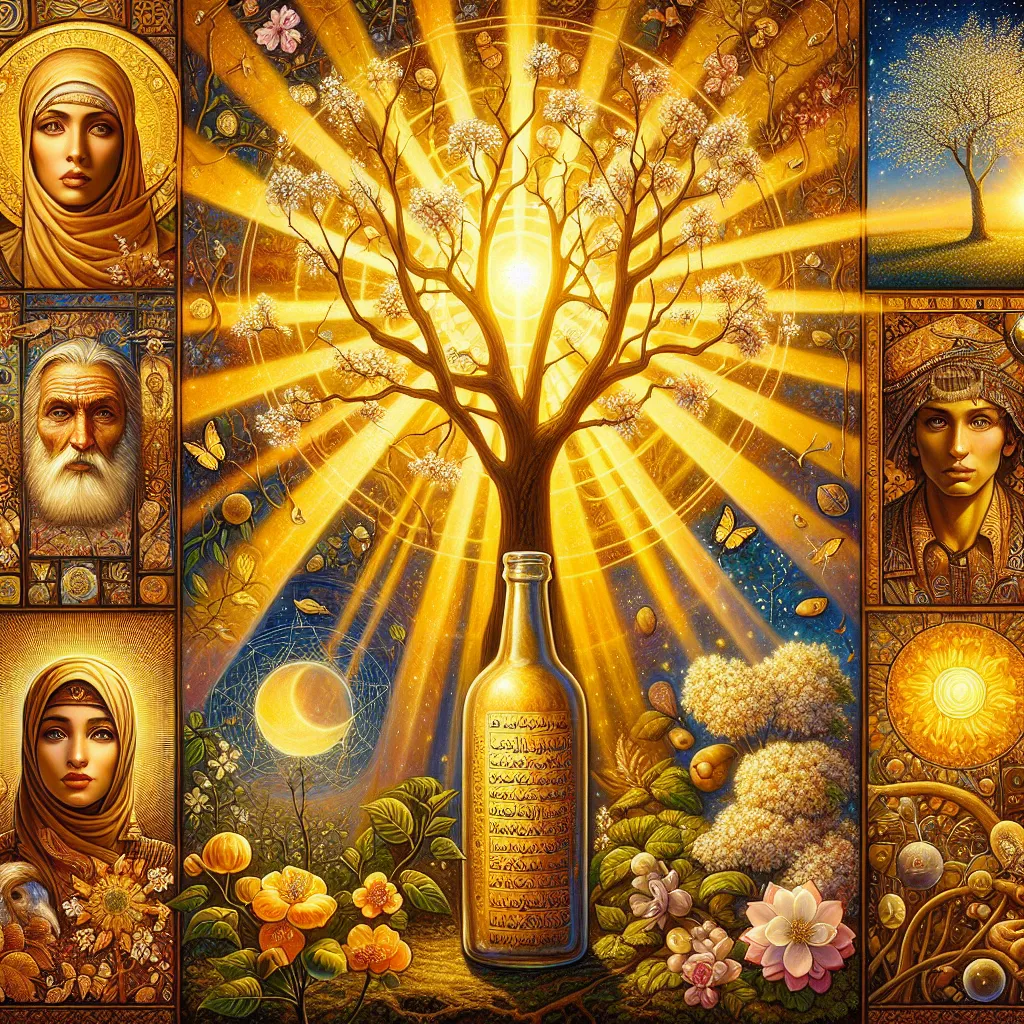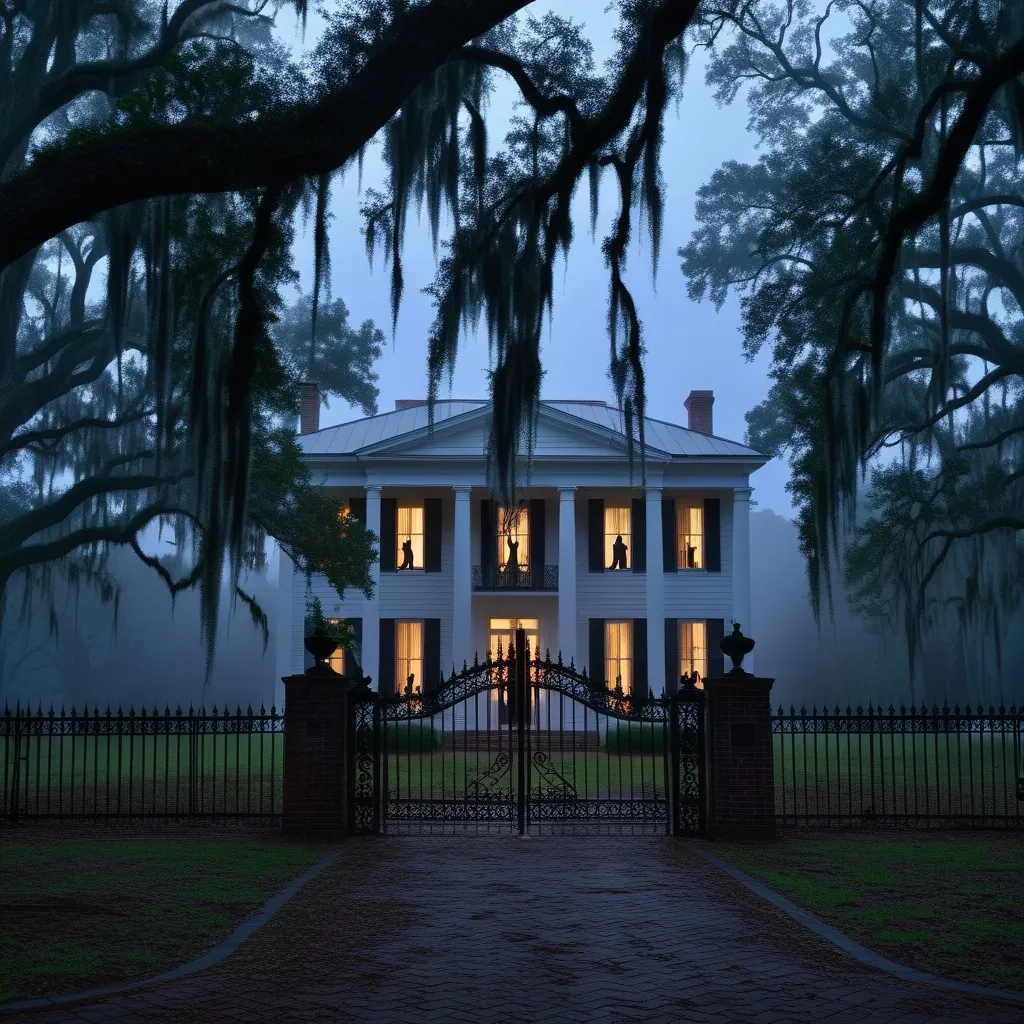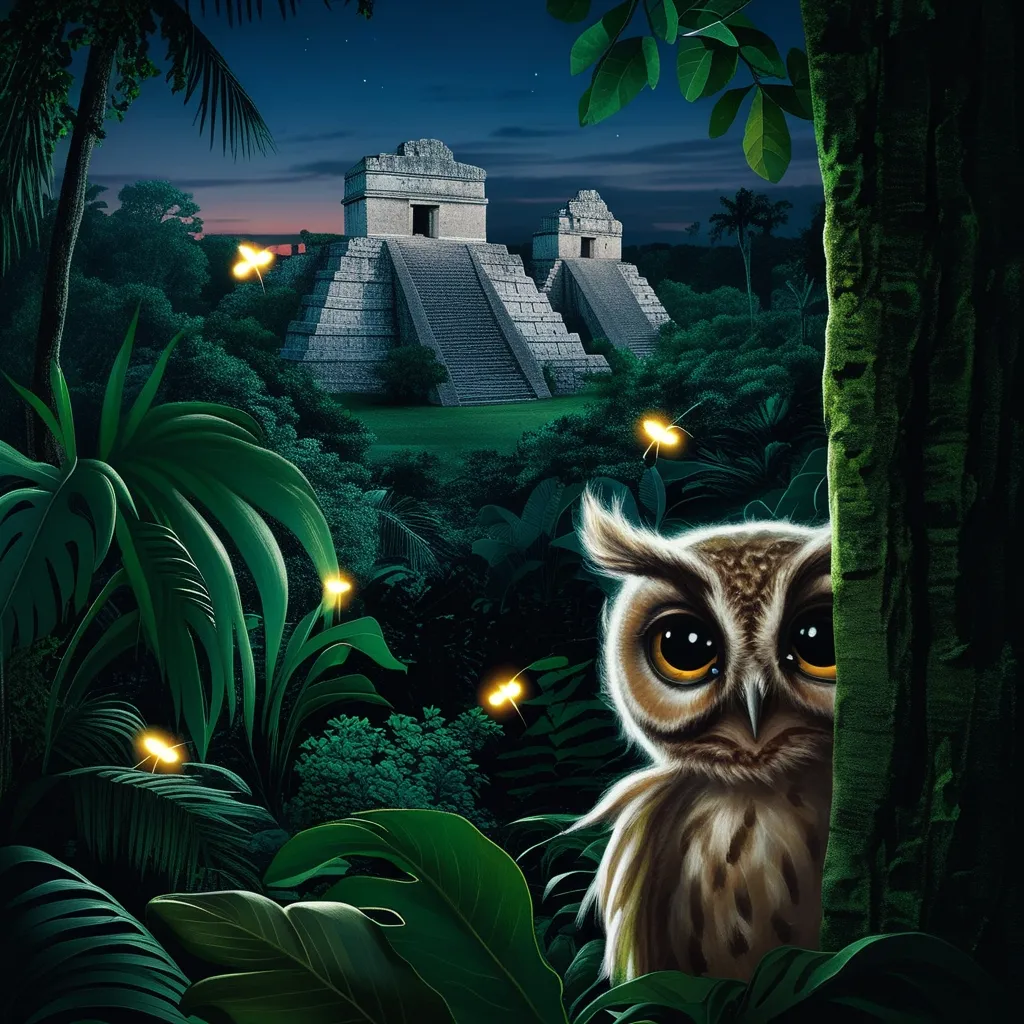Dragons in Medieval Europe: Myth, Reality, and Cultural Impact
Dragons have always captured our imagination, haven’t they? These fierce, fire-breathing creatures have been a part of our stories and folklore for centuries. But did you know that in medieval Europe, dragons were more than just fairy tale monsters? They were deeply woven into the fabric of society, influencing art, literature, and even religion.
Let’s take a journey back in time and explore how these mythical beasts came to life in the minds of medieval Europeans. It’s a fascinating tale that mixes real-world observations with wild imagination.
Picture yourself in a medieval town. You might see dragon carvings on church walls or hear tales of brave knights battling these fearsome creatures. Dragons were everywhere, but not in the way you might think. They weren’t roaming the countryside (sorry to disappoint!), but they were very real in people’s minds.
The funny thing is, medieval dragons didn’t always look the way we imagine them today. In the early days, they were often just big snakes. But as time went on, artists got more creative. They started adding wings, legs, and even lion-like features. It’s like they were playing a game of “create your own monster,” and boy, did they have fun with it!
But why were dragons so popular? Well, for one, they made great bad guys. In Christian art, dragons often represented sin or the devil. Imagine a painting of a saint fighting a dragon – it’s not just a cool action scene, it’s a visual lesson about good triumphing over evil. Pretty clever, right?
Now, you might be wondering if people actually believed dragons were real. The answer is… kind of. Most folks didn’t expect to bump into a dragon on their way to the market, but they thought these creatures might exist in far-off lands. It’s like how we view aliens today – we’re not sure they’re out there, but we can’t rule it out entirely.
So where did the idea of dragons come from? It’s likely a mix of things. For starters, people back then were finding dinosaur bones. They didn’t know what dinosaurs were, so their imaginations ran wild. Then there were encounters with large snakes and lizards. Throw in some exaggerated traveler’s tales, and voila! You’ve got yourself a dragon.
Medieval bestiaries – these were like animal encyclopedias – played a big role too. But don’t expect National Geographic level accuracy here. These books mixed real animals with mythical creatures, and everything had a moral lesson attached. Dragons were right there alongside lions and elephants, as if they were just another part of nature.
The way dragons were depicted changed over time. In the early Middle Ages, they were pretty simple – basically big snakes. But as artists learned more about anatomy, dragons got more complex. They started adding bat-like wings, spines, and even multiple heads. It’s like dragons were evolving right alongside human knowledge!
Dragons weren’t just for scary stories either. They played a big role in heraldry – you know, those fancy symbols on coats of arms. A dragon on your shield meant you were tough, powerful, and not to be messed with. It’s the medieval equivalent of a skull tattoo or a “Bad to the Bone” t-shirt.
Speaking of tough, let’s talk about all those stories of saints slaying dragons. St. George is probably the most famous dragon-slayer, but he wasn’t alone. These tales were super popular and served a dual purpose. First, they were exciting stories that people loved to hear. Second, they reinforced Christian teachings about faith overcoming evil. It’s like a superhero movie with a moral lesson.
But dragons weren’t always the bad guys. In some cultures, like in parts of Eastern Europe, dragons were seen as protectors. They guarded treasure, sure, but they also symbolized wisdom and power. It just goes to show that even back then, not everyone saw things the same way.
Let’s not forget about literature. Dragons popped up in all sorts of medieval writings, from epic poems to romances. In “Beowulf,” one of the oldest English poems we have, the hero’s final battle is against a dragon. These literary dragons were often symbols of greed or obstacles that the hero had to overcome. They weren’t just big lizards; they were challenges personified.
Now, you might think all this dragon stuff was just for the common folk, but you’d be wrong. Even scholars and early scientists wrote about dragons as if they were real creatures. They tried to classify them, describe their habits, and explain their powers. It’s a bit like cryptozoologists today trying to prove the existence of Bigfoot or the Loch Ness Monster.
As the Middle Ages gave way to the Renaissance, attitudes towards dragons started to change. People became more skeptical, and dragons slowly moved from the realm of possible reality to that of pure myth. But they never really went away. Even today, dragons continue to fascinate us. They show up in books, movies, and TV shows. We may not believe in them anymore, but we still love them.
So, what can we learn from all this dragon business? For one, it shows how powerful imagination can be. Medieval people took bits and pieces of reality – bones, lizards, snakes – and created these amazing creatures. It also tells us a lot about medieval society. Their dragons reflected their fears, hopes, and beliefs.
In a way, dragons are like a mirror reflecting the cultures that create them. In medieval Europe, they were often fearsome and evil, reflecting a world where danger could lurk around any corner. But they were also symbols of power and sometimes even wisdom, showing that medieval people had a complex view of the world around them.
Today, we might laugh at the idea of dragons being real, but let’s not be too quick to judge. Our ancestors weren’t stupid; they were working with the knowledge they had. And who knows? Maybe centuries from now, people will look back at some of our beliefs and shake their heads in amusement.
In the end, the story of dragons in medieval Europe is more than just a tale of mythical beasts. It’s a window into a fascinating period of history, a time when the line between reality and fantasy was blurrier than it is today. It reminds us that humans have always tried to make sense of the world around them, even if that means creating fire-breathing monsters to explain the unexplainable.
So the next time you see a dragon in a movie or read about one in a book, remember its long and colorful history. These creatures may be mythical, but the impact they’ve had on human culture is very real indeed. And who knows? Maybe there’s a little bit of medieval wonder still alive in all of us, waiting for a dragon to awaken it.
